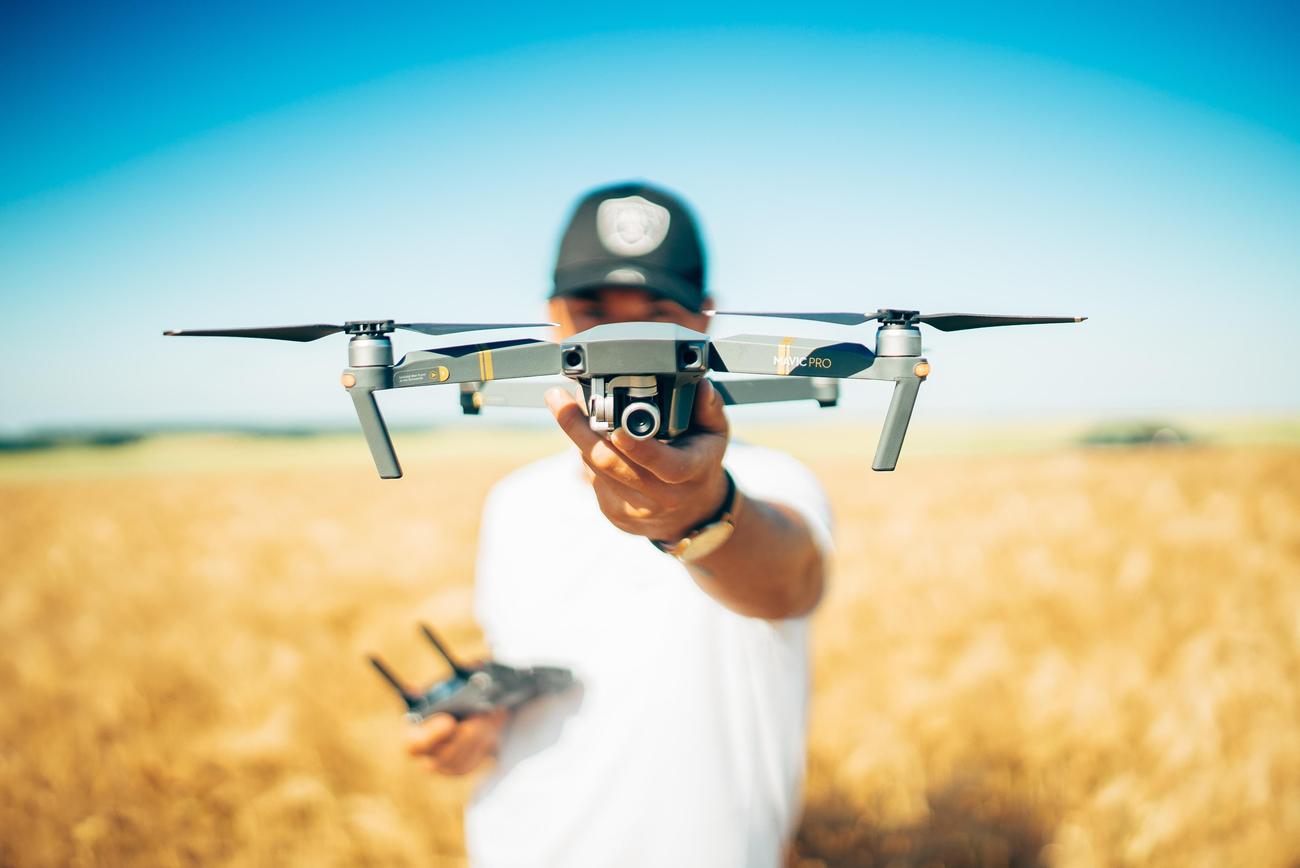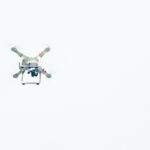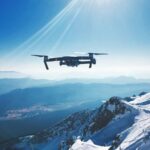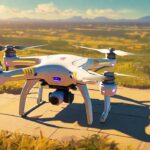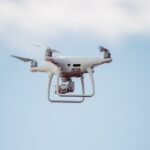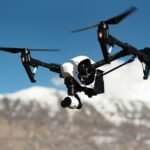The drone industry continues to push the boundaries of innovation, ushering in a new era of possibilities and endless potential. From delivering packages to capturing breathtaking aerial footage, drones have become integral in various industries. In this article, we delve into the world of drone technology, exploring the latest cutting-edge innovations that are shaping the industry. Get ready to be amazed as we unveil the advancements that are propelling drones to new heights and revolutionizing the way we perceive aerial technology.
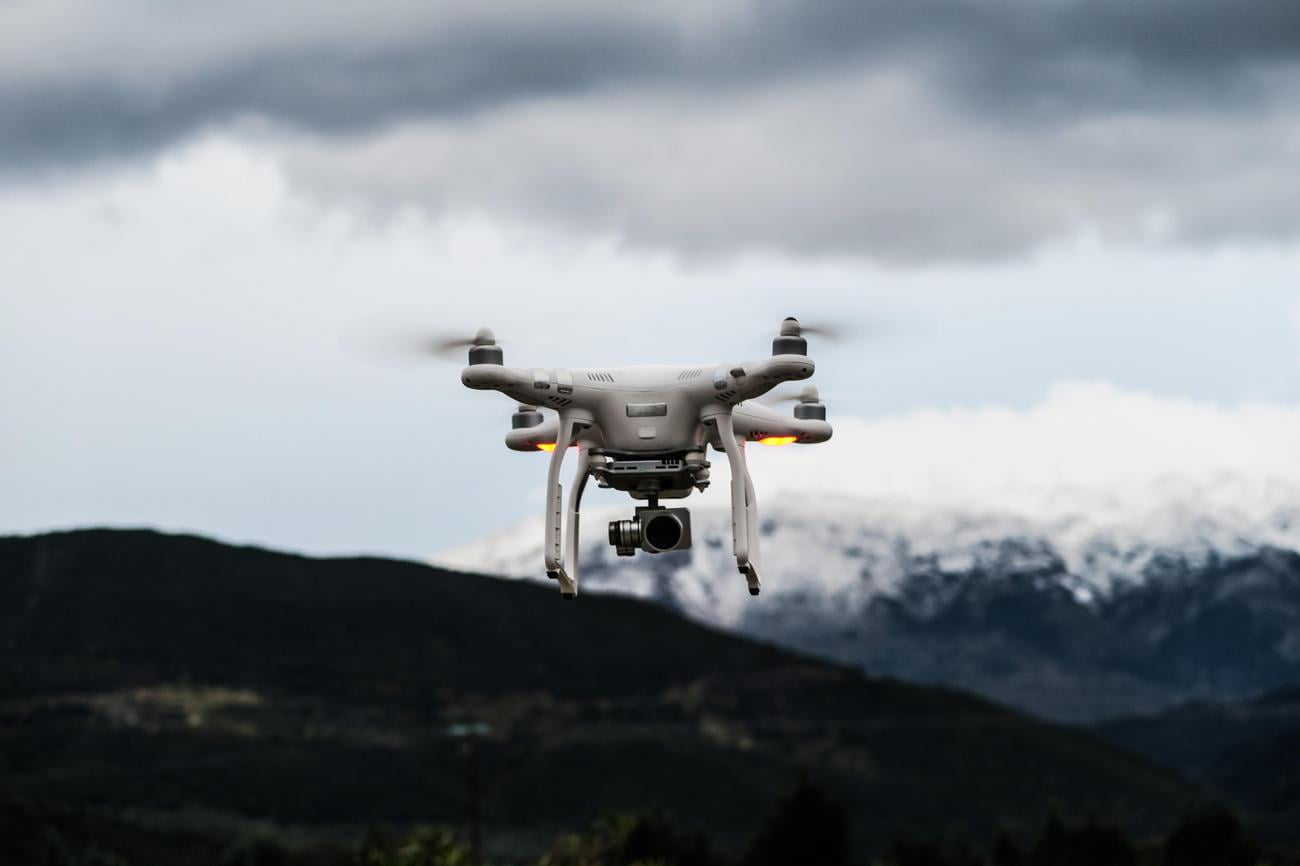
Innovations in Drone Industry
The drone industry has been witnessing remarkable advancements in recent years, revolutionizing various sectors and pushing the boundaries of aerial technology. From drone interceptors to solar-powered panel cleaners, the innovation in this field is truly astounding. In this article, we will delve into some of the captivating and cutting-edge innovations in the drone industry that are shaping the future of this exciting technology.
Drone Interceptor: Catching Drones in the Sky
One of the most intriguing innovations in the drone industry is the drone interceptor. Picture this: a drone that autonomously pops its own props and deploys a drone-catching net. This technology not only tackles the ever-increasing concern of unauthorized drone flights but also opens up new possibilities for security and protection. The interceptor’s ability to swiftly neutralize potential threats in the sky showcases the immense potential of drones and their role in maintaining safety in the airspace.
With drone interceptors, the sky becomes a safer space, as these autonomous machines step up to capture rogue drones and protect sensitive areas from potential harm.
RDS2 Tech: Delivery Drones at Your Doorstep
Another groundbreaking development in the drone industry is the RDS2 tech, enabling drones to carry and drop-deliver parcels. Imagine a world where your online orders arrive at your doorstep not via a delivery van, but through the skies. RDS2 technology is making this concept a reality. This innovation has the potential to revolutionize the logistics industry by significantly reducing delivery times and costs. It offers a new dimension of convenience and efficiency, especially in remote areas that are traditionally difficult to access.
RDS2 tech propels the delivery industry into futuristic territory, offering a seamless and expedited way to receive packages through aerial deliveries.
Automated Solar-Panel-Cleaning System: Drones Embrace the Sun
Drones are not just limited to flying anymore. They are now being deployed to clean solar panels, enhancing the efficiency of solar energy generation. With an automated solar-panel-cleaning system, drones can swiftly and effectively clean solar panels, removing dust, dirt, and other debris that can hamper their productivity. By doing so, drones ensure the optimal functioning of solar panels and maximize their energy output. This innovation presents a win-win situation for both clean energy enthusiasts and the environment.
Drones gracefully swooping through the skies to clean solar panels not only optimize energy generation but also embrace the concept of green technology at its finest.
HUUVER Drone: A Hybrid of Ground and Air
Breaking the conventional boundaries of drone design, the HUUVER drone takes a unique approach. This innovative drone not only flies through the air but also rolls along the ground. By combining the functionalities of a multicopter and an underwater drone, the HUUVER drone opens up a plethora of possibilities. It can effortlessly navigate both aerial and terrestrial environments, allowing it to adapt to various scenarios seamlessly.
The HUUVER drone is a true chameleon in the drone world, enabling it to conquer the skies and conquer the ground with equal ease and agility.
Amphibious System: The Versatility of Drones Expands
Another fascinating innovation in the drone industry is the amphibious system. This groundbreaking technology combines a multicopter with an underwater drone, offering new horizons for exploration and research. The amphibious system empowers drones to dive into bodies of water, capturing valuable data and imagery from underwater environments. This not only fosters scientific advancements but also expands the potential applications of drones beyond what was previously imaginable.
The amphibious system takes drones on a journey of discovery, allowing them to dive into the depths of water bodies and unravel the mysteries that lie beneath, all while still being able to soar through the skies.
In conclusion, the drone industry is an arena of constant evolution and innovation. From drone interceptors to solar-powered panel cleaners, the range of innovations in the drone industry is vast and continues to grow. These advancements not only push the boundaries of what drones can achieve but also have the potential to transform various sectors, from security to delivery and beyond. As technology progresses, there is no limit to what can be achieved, and the drone industry is at the forefront of this remarkable journey.
Unveiling the cutting-edge innovations in the drone industry not only opens our eyes to the endless possibilities but also inspires us to embrace the exciting future of aerial technology.
Drones have become an increasingly popular technological innovation in recent years. But have you ever wondered what the future holds for these unmanned aircraft? If you’re curious about the fascinating possibilities that lie ahead, then you definitely need to check out these facts about drones in the future. From their potential impact on industries such as delivery services and agriculture to their role in shaping new regulations and laws, the future of drones holds countless intriguing developments. To dive deeper into this exciting topic, click here for some eye-opening insights: facts about drones in the future. Get ready to have your mind blown by the incredible potential of drone technology!
FAQ
Question 1: How do drones catch other drones?
Answer 1: Drones can catch other drones through the use of specialized equipment. For example, some drones are equipped with a drone-catching net that can be deployed to capture another drone in mid-air. This technology relies on precision and timing to successfully intercept and immobilize the targeted drone.
Question 2: What are the benefits and challenges of using solar panels on drones?
Answer 2: Incorporating solar panels into drones presents several benefits and challenges. The main advantage is that solar panels can provide a sustainable and renewable source of energy, allowing drones to potentially fly for longer durations without the need for frequent recharging. Additionally, solar-powered drones can contribute to reducing carbon emissions. However, one challenge is the limited surface area available for solar panel installation on drones, which affects the energy generation capacity. Also, weather conditions and the availability of sunlight throughout the day may impact the efficiency of solar-powered drones.
Question 3: How are drones transforming business operations?
Answer 3: Drones are revolutionizing business operations across various industries. They offer a range of applications, such as aerial surveying, mapping, and inspections, which provide cost-effective and efficient solutions compared to traditional methods. Drones enable businesses to access hard-to-reach areas, monitor large areas quickly, and collect data for analysis. They can improve efficiency, safety, and productivity in sectors like agriculture, construction, logistics, and more.
Question 4: How can public perception of drone technology be improved?
Answer 4: Improving public perception of drone technology involves addressing concerns and increasing awareness. Education and outreach programs can help highlight the positive impact of drones on various industries, emphasizing their potential to create jobs, improve safety, and contribute to sustainable practices. Public engagement events, demonstrations, and testimonials from drone users can also demystify drones and increase understanding. Implementing regulations that prioritize safety, privacy, and responsible drone use can further enhance public confidence in drone technology.
Question 5: What emerging markets exist for drone technology?
Answer 5: Drone technology continues to penetrate diverse industries, opening up emerging markets and opportunities. Some notable emerging markets include delivery services, where drones can transport goods quickly and efficiently, especially in remote or inaccessible areas. Another emerging market is the entertainment industry, with drones being used for aerial cinematography and immersive experiences. Additionally, drones are finding applications in infrastructure inspection, disaster management, precision agriculture, and environmental monitoring, among others, presenting new markets for drone-based solutions.
“`json
“`
- Crypto Quotes’ Red Flags: Avoid Costly Mistakes - June 30, 2025
- Unlock Inspirational Crypto Quotes: Future Predictions - June 30, 2025
- Famous Bitcoin Quotes: A Deep Dive into Crypto’s History - June 30, 2025
